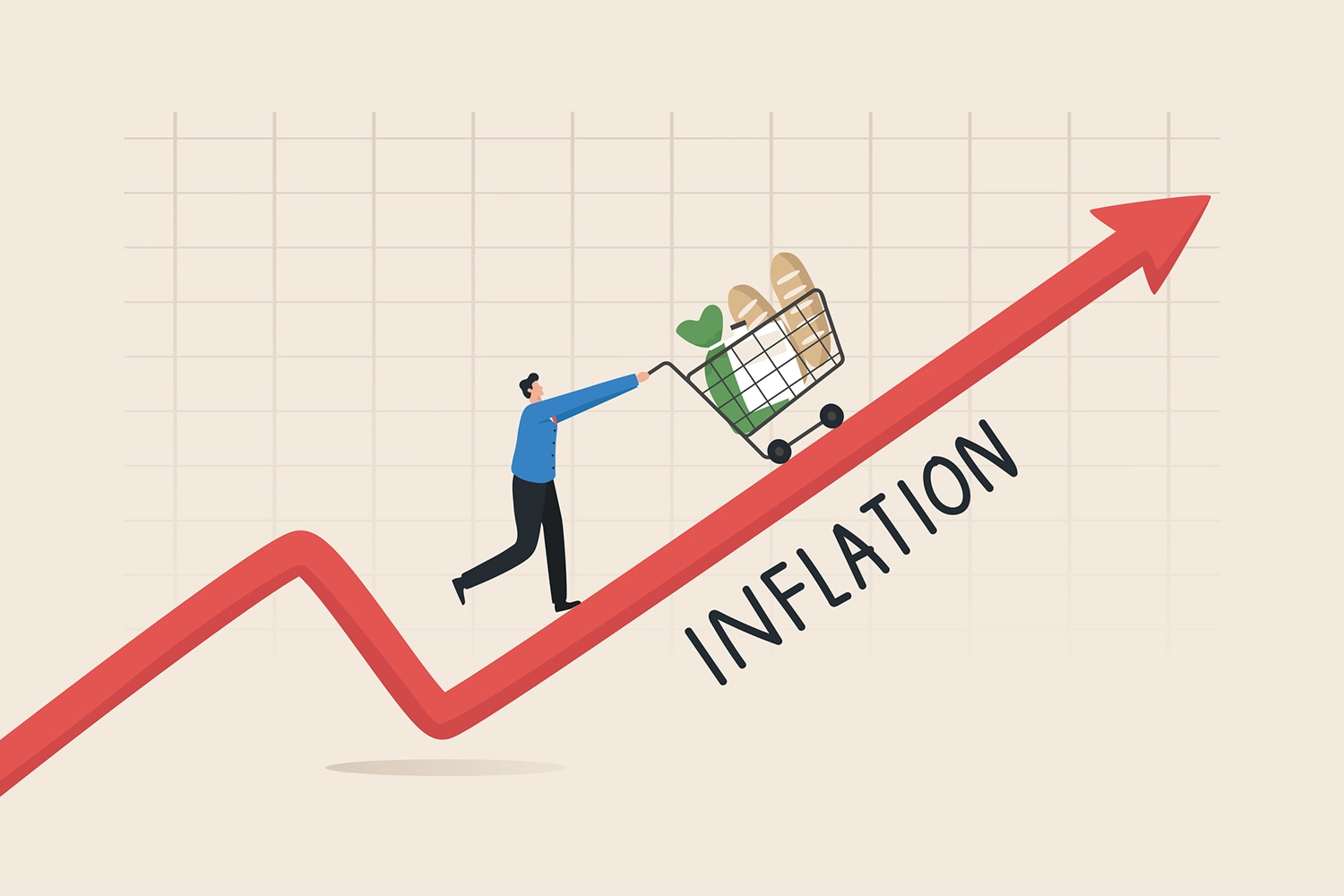In a development likely to offer a degree of comfort to policymakers and investors alike, inflationary pressures in the United States moderated modestly in April, defying expectations that President Donald Trump’s expansive trade tariffs might exacerbate consumer prices.
The latest data from the Labor Department, released on Tuesday, revealed that the consumer price index (CPI) registered a 2.3 percent year-on-year increase—marking the mildest pace of inflation recorded since February 2021. The figure edged below March’s 2.4 percent reading and undershot consensus forecasts gathered by Dow Jones Newswires and The Wall Street Journal.
This cooling of inflation occurred against the backdrop of Washington’s aggressive trade posturing, which had earlier triggered market turbulence amid fears of supply chain disruptions and upward price shocks. The imposition of sweeping tariffs on imports from a broad spectrum of nations—including punitive duties on key Chinese goods—had initially fanned concerns of inflationary spillovers.
Yet, recent recalibrations by the Trump administration, including the scaling back and postponement of certain levies, appear to have helped temper those inflationary headwinds, easing market tensions and allaying fears of an imminent surge in consumer costs.
“And just like that, the markets’ twin fears — a tariff-induced recession and sticky inflation — have been greatly assuaged,” Northlight Asset Management chief investment officer Chris Zaccarelli said in a statement reported by AFP.
“Fears of slowing growth and a recession caused by punitive tariffs drove markets lower in the first week of April,” he said. “But they’ve rebounded on the heels of a tariff pause and a Chinese trade breakthrough, and now a better-than-expected inflation report removes the last big overhang for the market.”
Read also: Unmasking The Truth Behind Nigeria’s Soaring Inflation Rates
Inflation picked up to 0.2 per cent from a month earlier, with “more than half” of the increase due to a 0.3 per cent rise in shelter costs, according to the Labour Department.
Excluding volatile food and energy costs, inflation increased 0.2 per cent from a month earlier, and by 2.8 per cent over the past 12 months.
While April’s consumer inflation figures largely aligned with expectations, subtle indicators within the data hinted at the early stirrings of tariff-related pressures. The Labor Department reported that, although the monthly rise in the consumer price index (CPI) came in marginally below projections, the annual rate remained consistent with forecasts, offering reassurance that price stability is holding steady despite prevailing global trade tensions.
Nonetheless, specific sectors exposed to international supply chains began to reflect possible tariff impacts. The index tracking household furnishings and operations saw a notable 1.0 percent increase in April, rebounding from no change in March. Analysts at Deutsche Bank, in a recent advisory to investors, had identified this segment as an early bellwether for tariff transmission effects on consumer prices, particularly given its heavy reliance on imported goods. Even so, they cautioned that it remained premature to detect a clear tariff imprint across broader inflation metrics.
Energy prices also contributed to the month’s inflation profile, reversing their sharp March decline with a 0.7 percent increase in April. This uptick was driven by significant gains in natural gas and electricity prices, though the gasoline index continued its downward trajectory, slipping by 0.1 percent month-on-month and posting a steep 11.8 percent annual decline on a seasonally adjusted basis.
Taken together, the data presents a nuanced picture: while inflation remains contained at the macro level, emerging pressures within key categories may presage more visible effects of trade barriers in the months ahead.
